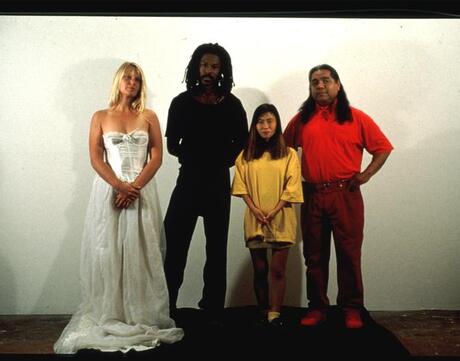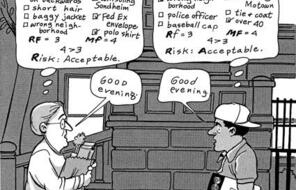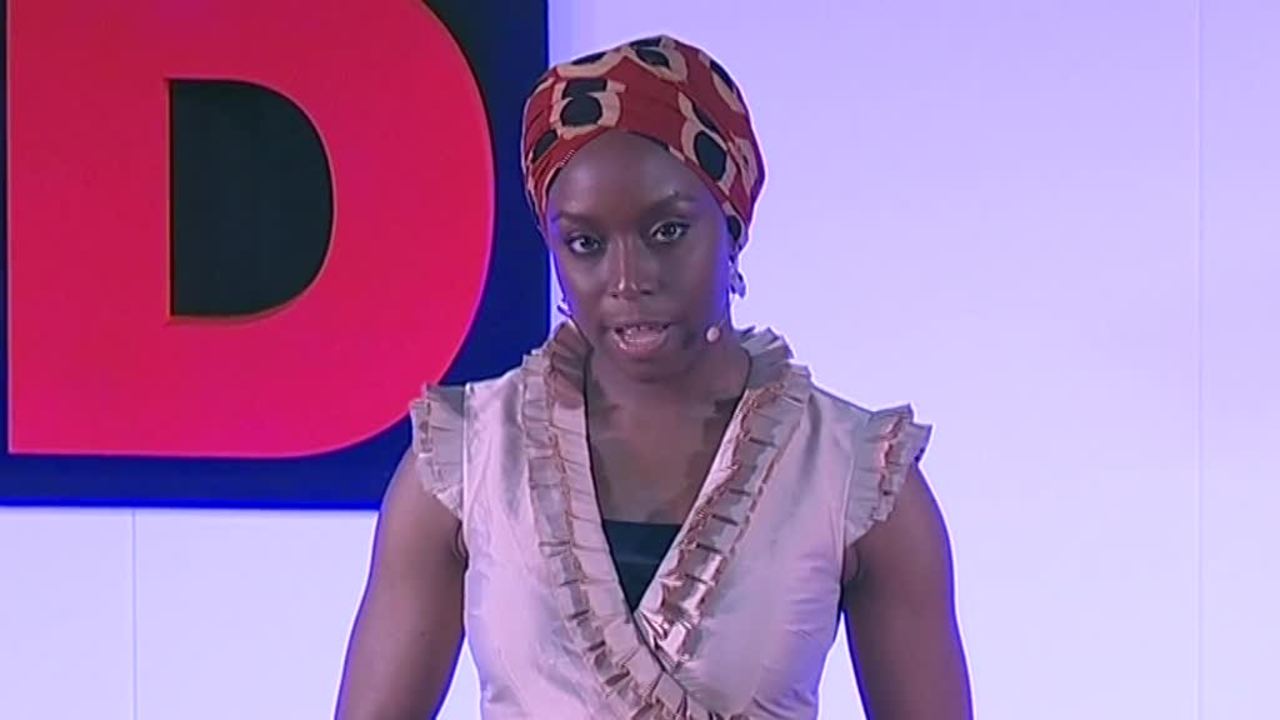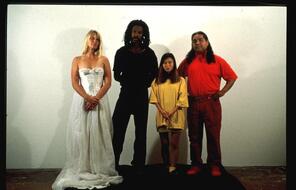
Stereotypes and “Single Stories”
At a Glance
Language
English — USSubject
- History
Grade
6–12Duration
Two 50-min class periods- The Holocaust
Overview
About This Lesson
In the previous lesson, students began the first stage of the Facing History scope and sequence, “The Individual and Society,” by considering the complexity of answering the question “Who am I?” In this lesson, students will continue to explore the relationship between individual and society by examining how we so often believe “single stories” and stereotypes about groups of people. The activities that follow ask students to reflect on the basic human behavior of applying categories to the people and things we meet and to think about the circumstances in which “single stories” about others can be harmful or even dangerous.
Preparing to Teach
A Note to Teachers
Before you teach this lesson, please review the following guidance to tailor this lesson to your students’ contexts and needs.
Lesson Plans
Day 1 Activities
Day 2 Activities
Assessment
Extension Activities
Materials and Downloads
Quick Downloads
Download the Files
Get Files Via Google
Stereotypes and “Single Stories”
Exploring Identity
Universe of Obligation
Unlimited Access to Learning. More Added Every Month.
Facing History & Ourselves is designed for educators who want to help students explore identity, think critically, grow emotionally, act ethically, and participate in civic life. It’s hard work, so we’ve developed some go-to professional learning opportunities to help you along the way.
Exploring ELA Text Selection with Julia Torres
On-Demand

Working for Justice, Equity and Civic Agency in Our Schools: A Conversation with Clint Smith
On-Demand

Centering Student Voices to Build Community and Agency
On-Demand













